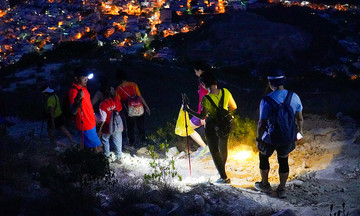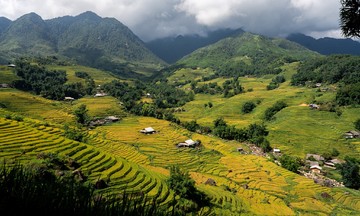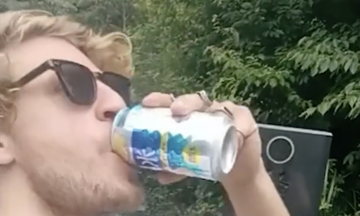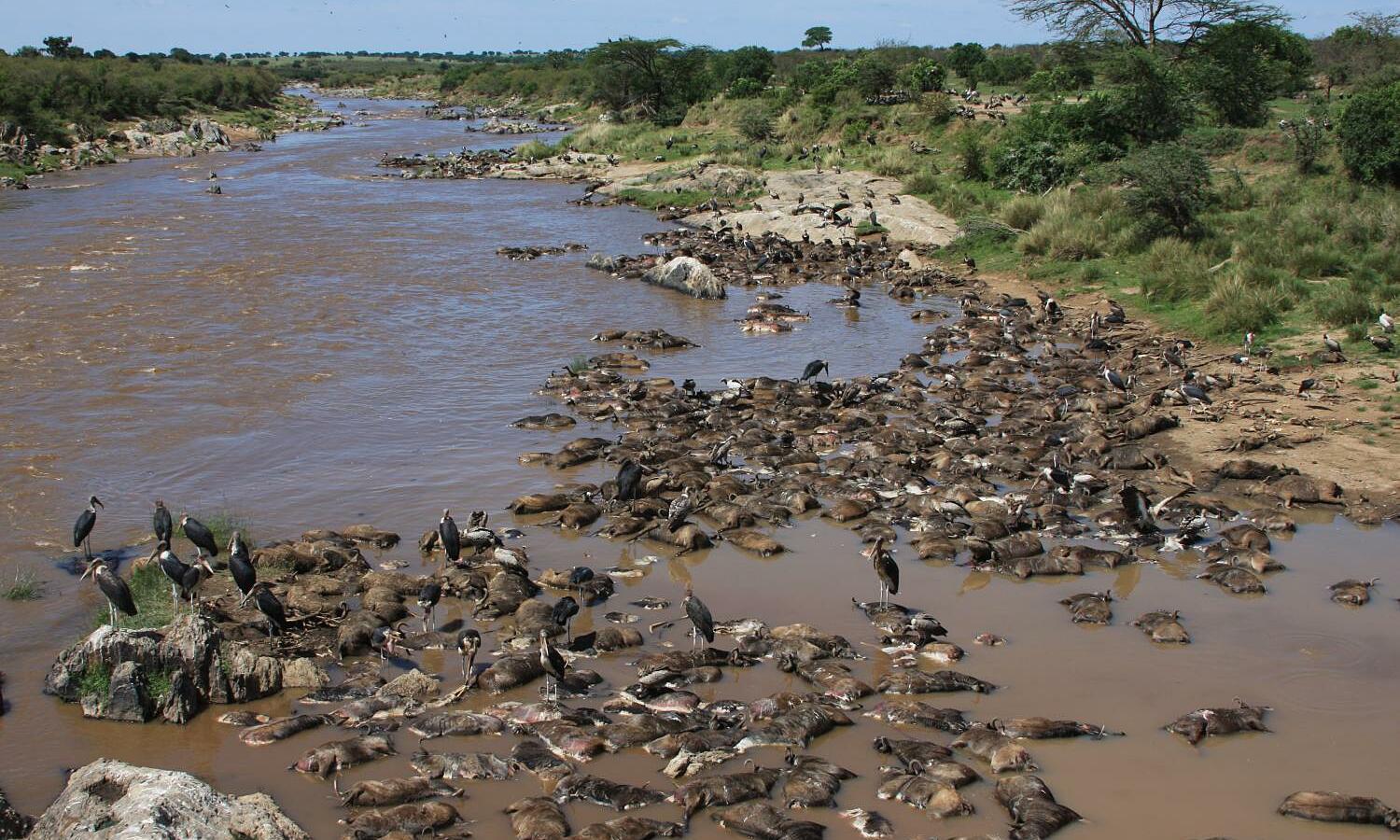 |
Photographer Bui Xuan Viet, from Dong Nai, spent 150 million VND (approximately 6,300 USD) on a trip to Kenya from 17/8 to 26/8 to capture the "great migration" of millions of wildebeest in the Masai Mara National Reserve.
The "great migration" is a natural phenomenon and a hallmark of the Masai Mara. Every year, millions of wildebeest, zebras, and other wildlife travel an 800 km circular route between the Serengeti grasslands (Tanzania) and Masai Mara (Kenya) in search of food and water.
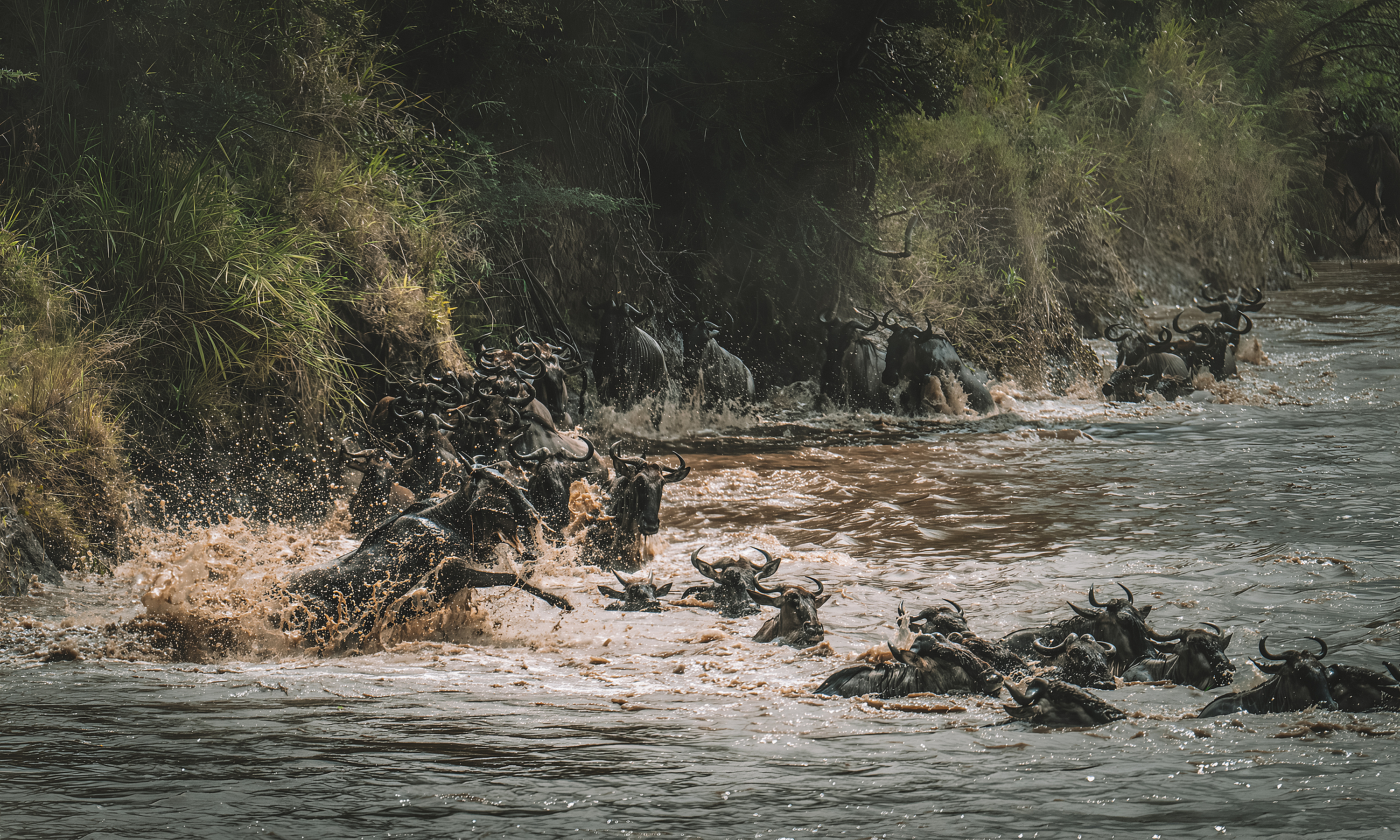 |
According to Viet, witnessing the river crossing is largely a matter of luck. Many Vietnamese tourists have visited without seeing it. Conde Nast Traveler even advises visitors to stay at least three nights and choose riverside accommodations to increase their chances.
The migration spans several months and has three main phases: the first herds cross the river from July to early August; the peak season is from August to September; and finally, they return from late October as the dry season ends.
"I went with the mindset of enjoying the wilderness, without high expectations," Viet said, noting that besides wildebeest, the safari park is home to countless other wild animals, including cheetahs, lions, elephants, buffalo, and hippos.
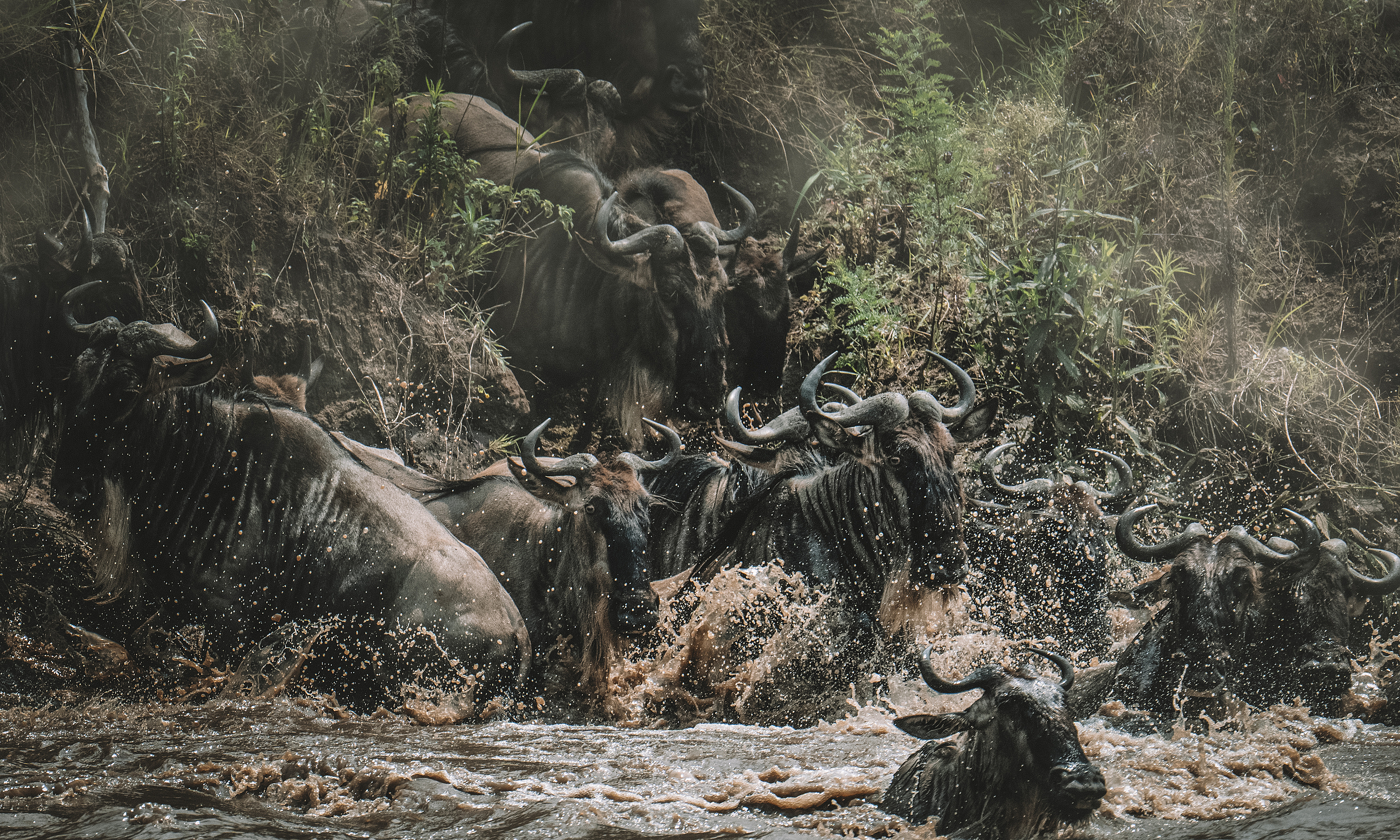 |
Viet had watched many videos of the migration, but witnessing it firsthand revealed nature's harsh realities. He won't forget the sight of thousands of wildebeest plunging into the rushing river, trampling each other, and swimming across. Weaker animals began to sink mid-river, their hind legs surfacing.
"Countless died, while people on the banks cheered them on," he said. Viet admitted that he couldn't bring himself to photograph many of the drowning deaths.
Photography and observation are closely monitored by rangers. Tourists are restricted to within 100 m of the Mara River due to the presence of Nile crocodiles and lions. Besides trampling, Nile crocodiles lurking below and lions waiting on the banks to ambush stray individuals contribute to the wildebeest fatalities.
 |
A lion stalks a herd of zebras. Viet said it hid under their vehicle, but he missed the shot.
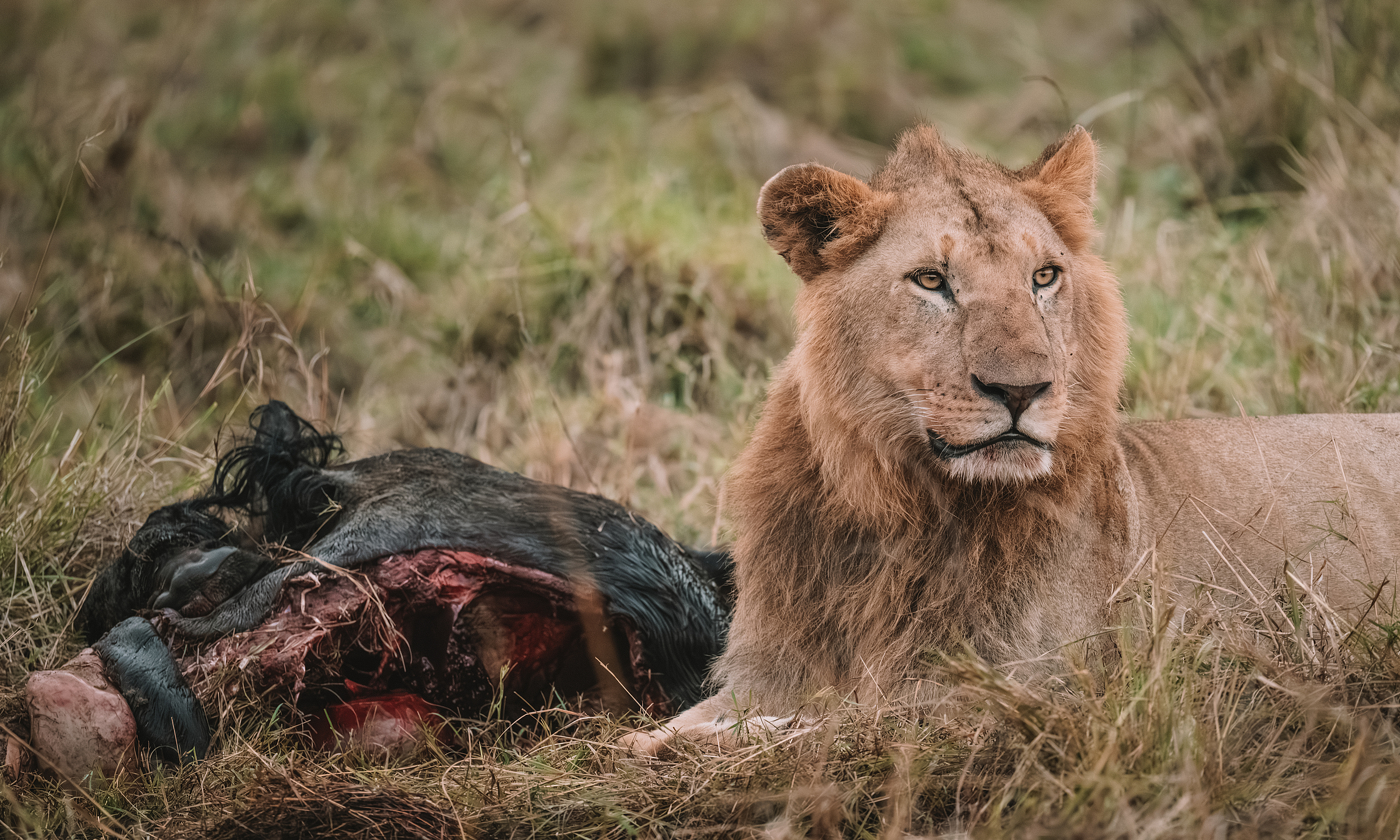 |
Another lion enjoys its kill. According to the safari's website, Masai Mara has one of Africa's highest lion densities, with about 900 individuals in the reserve and surrounding conservancies.
Lions live in prides of 15 to 20, with males defending territories ranging from 30 to 400 sq km. Lionesses hunt, primarily targeting wildebeest and buffalo.
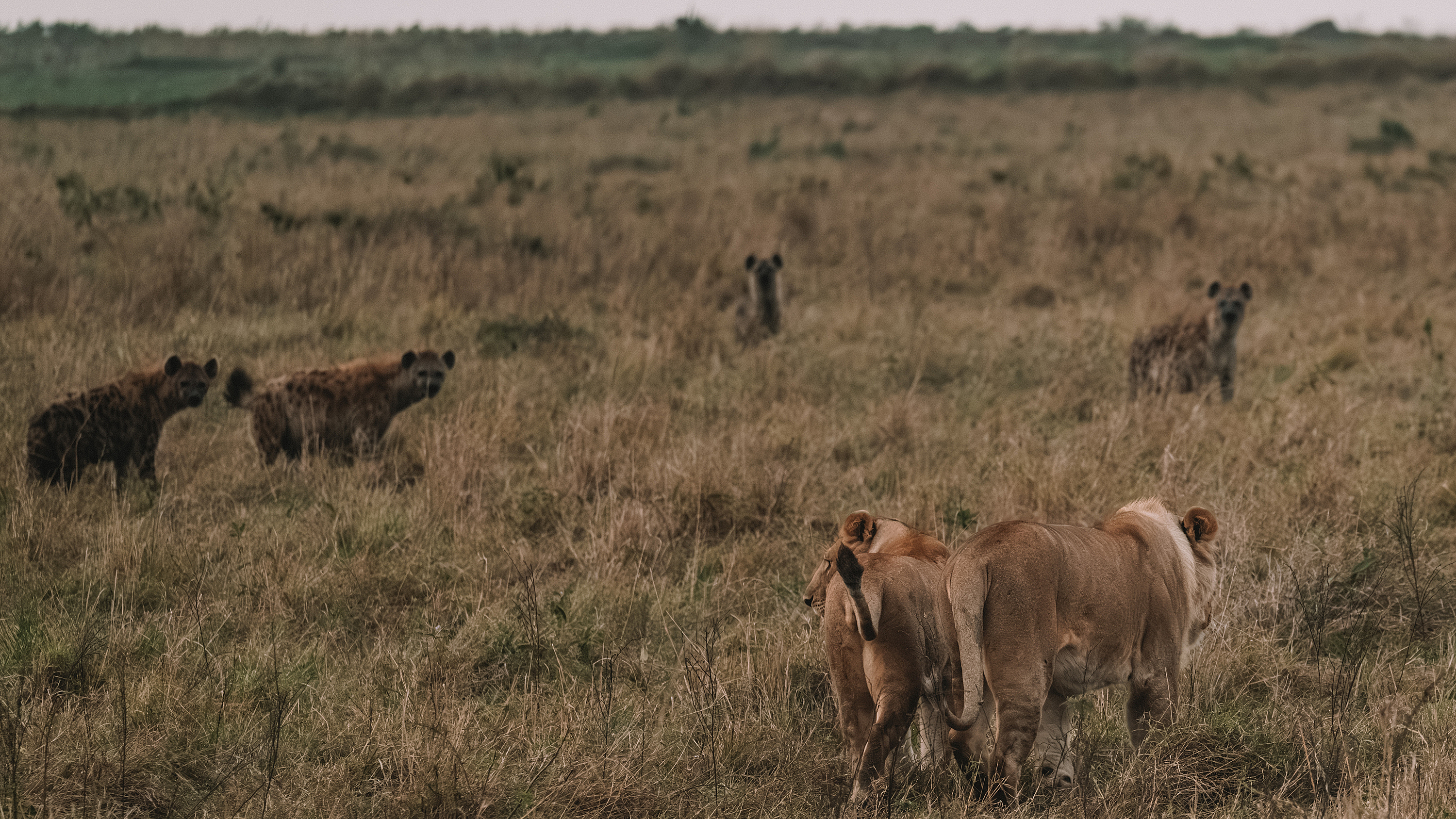 |
Two lionesses guard another as it eats. The guide explained that hyenas are ready to attack any lone lion.
 |
In the Masai Mara Reserve, local authorities and the Mara Conservancy have implemented a comprehensive management plan to protect the habitat, prevent poaching, and maintain animal migration corridors. Measures include anti-poaching patrols, vegetation restoration, and visitor limits to reduce tourism pressure.
A canine unit has been deployed to detect poachers, protecting wildebeest, zebras, and other migrating animals.
Masai Mara attracts wildlife photographers because it boasts the "Big Five" (lions, rhinos, elephants, leopards, and buffalo) and other wildlife like wildebeest and hyenas.
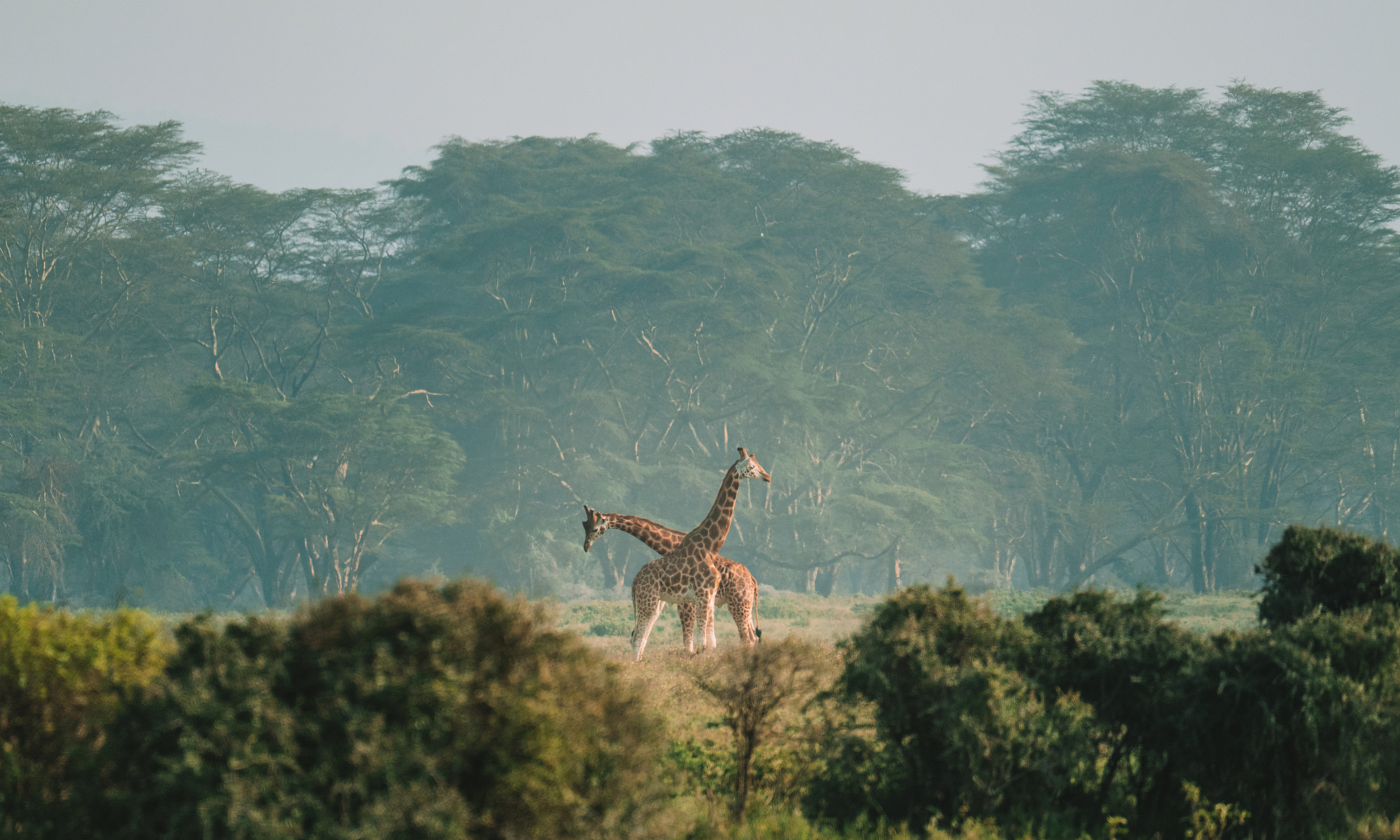 |
A peaceful moment amid the harshness of nature.
 |
Viet also captured a cheetah carrying its prey up a tree. Often confused with leopards, cheetahs are distinguishable by the black tear-like streaks on their faces. They can reach speeds of 100 km/h in short bursts while hunting.
 |
The cheetah dismembers its prey in the tree.
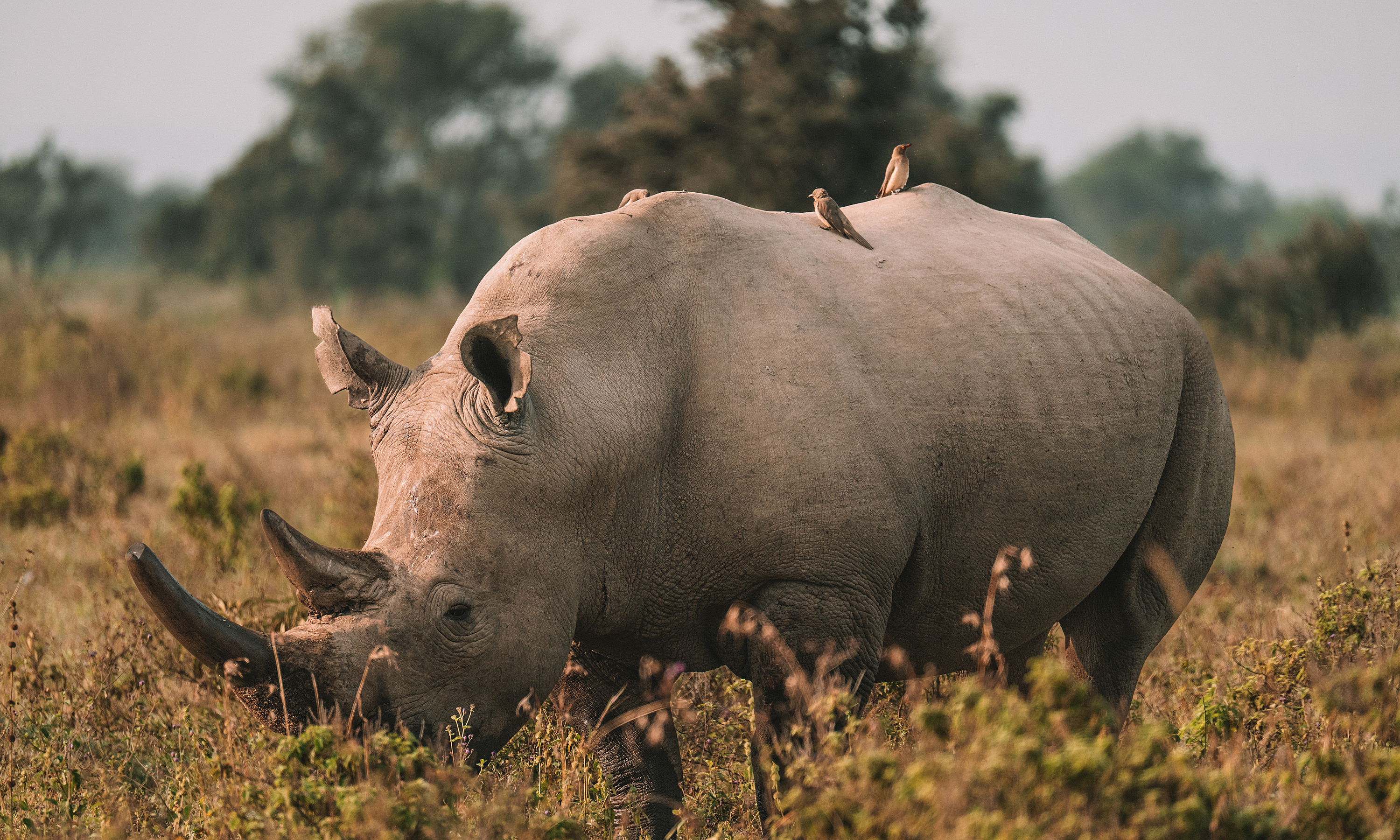 |
Birds perch on a rhino's back. According to Current Biology, oxpeckers and rhinos have a symbiotic relationship. The birds eat parasites from the rhino's skin and act as an alarm system due to the rhino's poor eyesight.
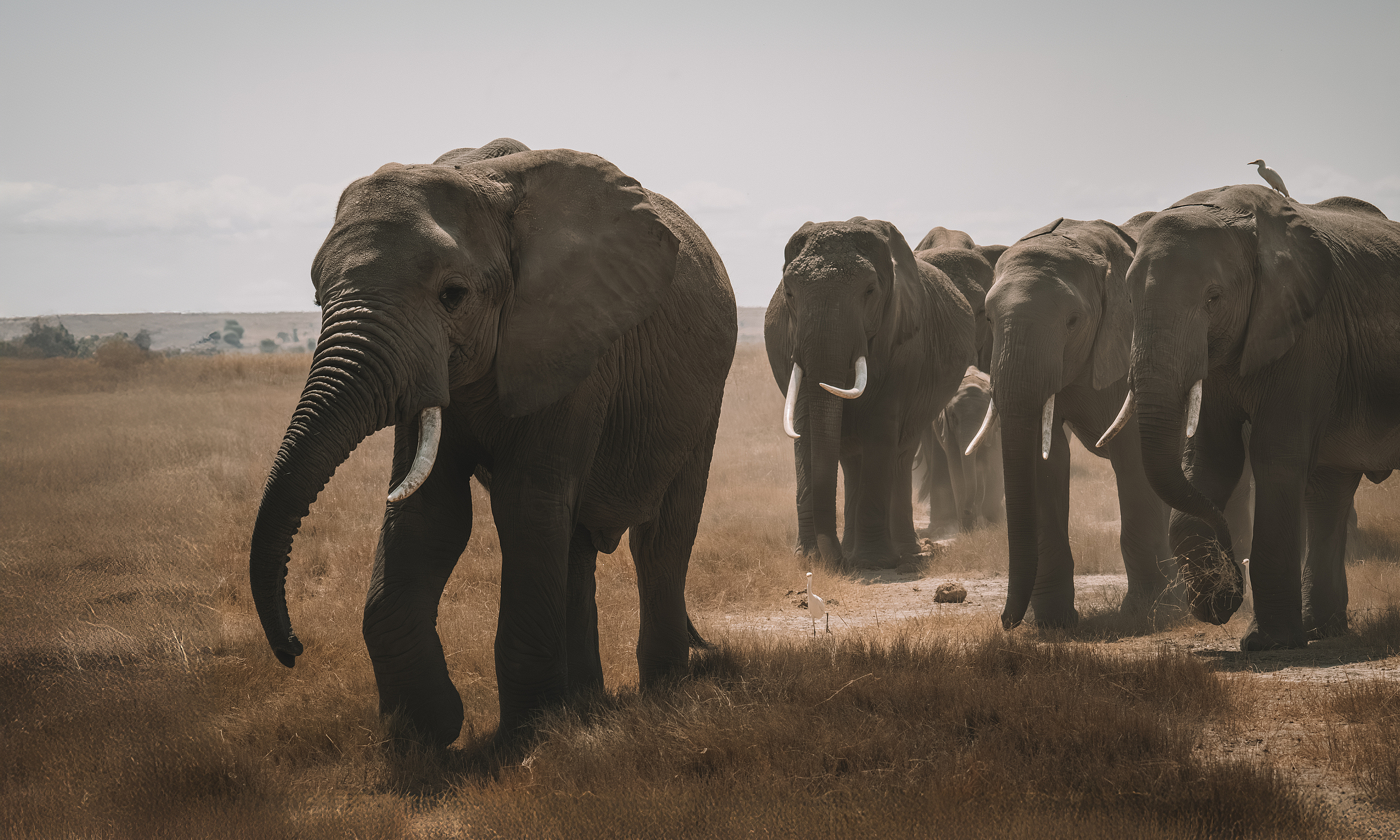 |
For Viet, the Kenya trip revealed nature's true beauty: wild, majestic, and brutal.
"Ultimately, it's all a cycle that ensures the ecosystem's stability," he said.
Hoai Anh
Photos: Bui Xuan Viet




